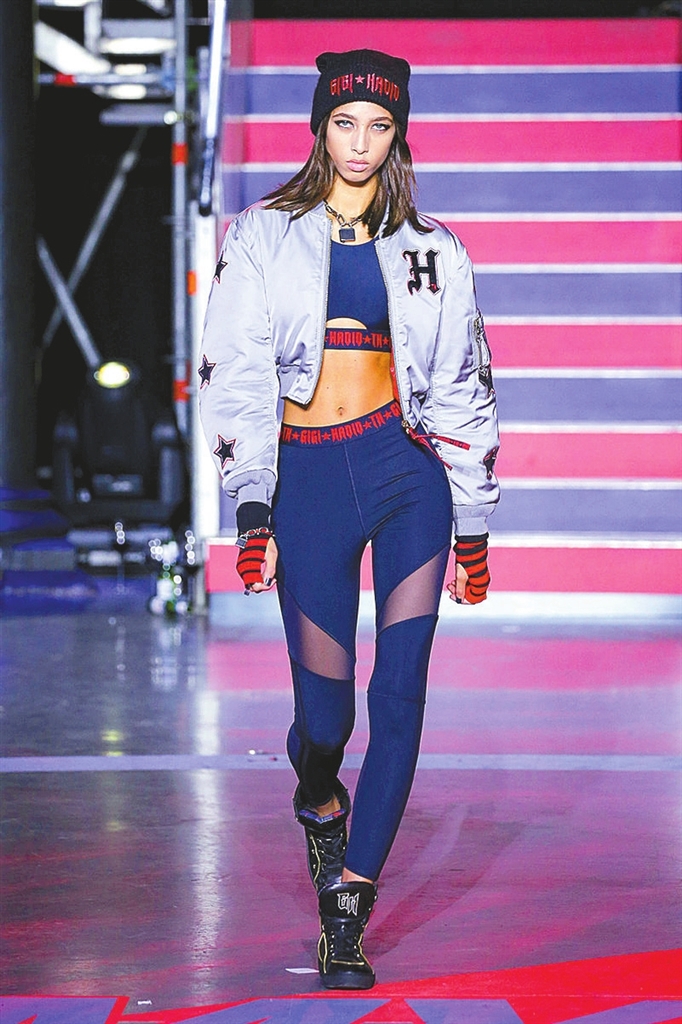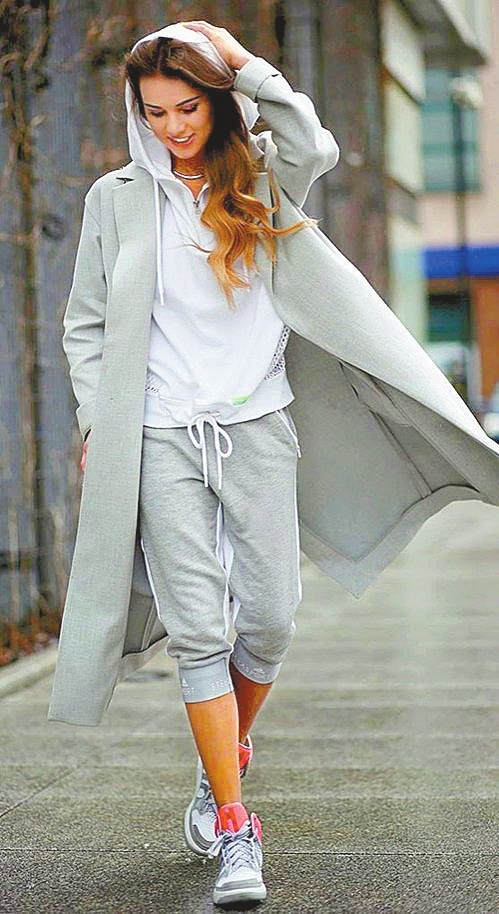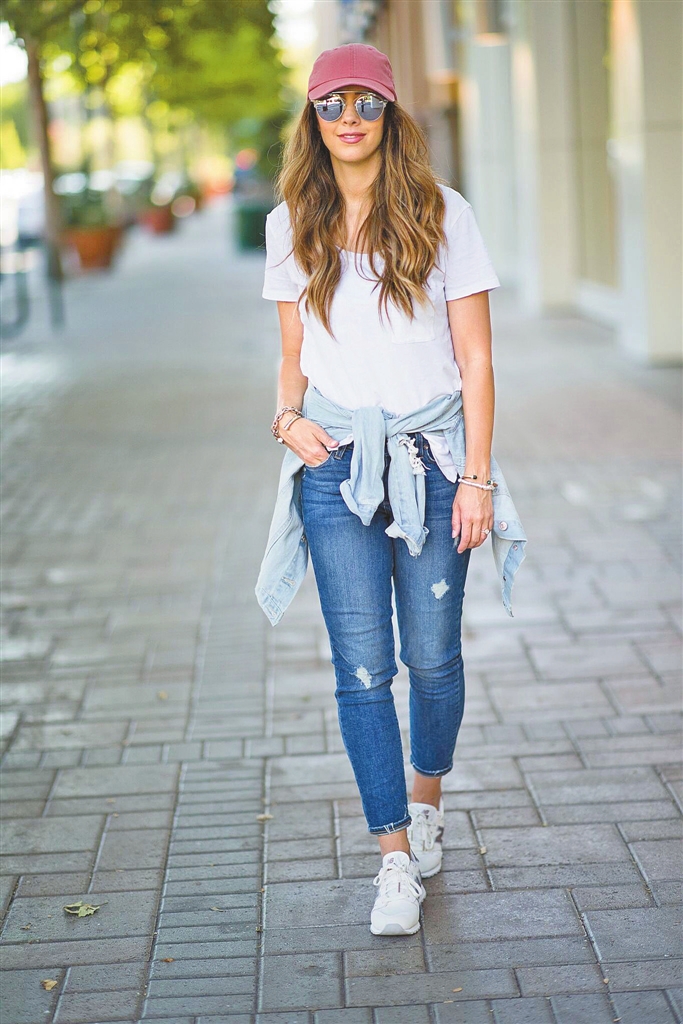


THE way we dress is closely pegged to how we live. As COVID-19 alters day-to-day life for millions, it may also leave its mark on the clothes we wear. The biggest shifts in fashion have historically not come from runway trends but followed events such as wars that disrupt society on a huge scale, says Kimberly Chrisman-Campbell, a fashion historian and author of “Worn on This Day: The Clothes That Made History.” Their effects ripple through supply chains, the economy, social behavior and daily life, often accelerating and normalizing changes already under way. Chrisman-Campbell points to examples such as hoop petticoats dwindling following the French Revolution, as women avoided symbols of aristocracy, and women wearing pants more regularly after World War II hurried them into the workforce. “Having done it by necessity, they began to do it by choice,” she says. The coronavirus crisis may not have as dramatic an effect on clothing but could drive subtler changes. To start, the surge in working from home may spur even more dressing-down in the workforce. It’s been happening for years already as social standards loosen and comfort becomes a greater priority for shoppers. Yoga pants and hoodies — aka athleisure — have become everyday fashion, even making their way into the office. Though growth of athleisure as an industry category had begun to slow, Chrisman-Campbell believes the current situation should prolong its strength. Since January, online sales of sweatpants and track suits at many U.S. and U.K. retailers have jumped. Once the crisis clears and shoppers can finally go out, those casual clothes may coexist alongside a renewed joy for dressing up. Again, it’s what happened after World War II. After years of fabric rationing that limited dressmakers, designer Christian Dior introduced the “new look” that made him famous in 1947. “Dior brought back all the wonderful, huge expanses of fabric that you couldn’t get during the war,” Chrisman-Campbell says. Women had grown more comfortable with pants, but also wanted to be feminine in their full-skirted dresses, if they could afford them. One obvious contrast between World War II and the coronavirus situation is duration. The war went on for several years. With any luck, most countries dealing with COVID-19 will resume normal life in months. While the present predicament is more likely to have a greater effect the longer it continues, Chrisman-Campbell notes the connectivity created by the Internet also means fashion moves more quickly now. Consequently, its effects could be out of proportion to how long the crisis lasts. Even after cases drop off, though, the impact will persist. The International Monetary Fund predicts a recession this year that will be as bad as the one in 2008. That recession prompted a shift in fashion away from trendy, logo-heavy products as shoppers shied from flaunting wealth and chose items more low-key. Before the coronavirus spread, fashion was already moving from the maximalism of the past several years back toward minimalism. If history is any indication, the coronavirus and a recession could speed the process. Javier Seara, sector leader for fashion and luxury at Boston Consulting Group, warns it’s early for definitive long-term forecasts but thinks shoppers may also invest more in fewer items. “That’s a trend that was already going: higher quality and less pieces,” he says. In the near-term, shoppers buying less clothing is practically guaranteed, unless it’s a pair of sweatpants.(SD-Agencies) | 
